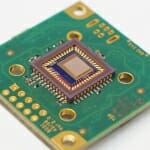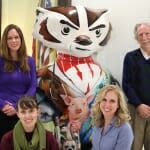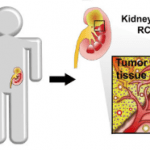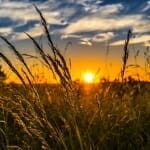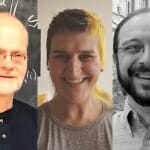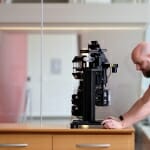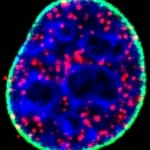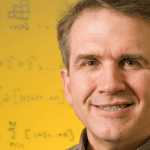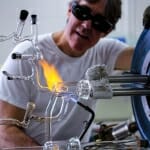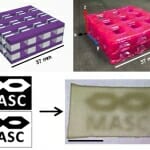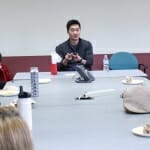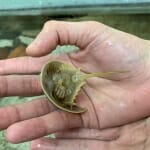Category Science & Technology
Retirement doesn’t end Warren Porter’s 50-plus years of research in zoology – it accelerates it
In his 50 years as a professor in UW’s Integrative Biology (formerly Zoology) department, he has helped lay the foundations of a pioneering new field in ecology, obtained nearly $10 million in funding for research, and contributed to more than 200 publications. But retirement won't end Warren Porter's research – it will accelerate it.
Science journalist Mandavilli is UW–Madison writer in residence
Apoorva Mandavilli, founding editor of an autism news site will be on campus visiting classes, working with students, faculty and staff, and getting reacquainted with UW–Madison, which is also her alma mater.
Science Expeditions invites public to campus April 5–7
Dive underwater to explore Wisconsin’s forgotten mines. Peer up at the heavens and survey the night sky. Or discover the life and legacy of Wisconsin’s famed naturalist, Aldo Leopold. Or pick all three. It’s your choice how to kick off this year’s Science Expeditions.
After winning online vote, researchers to assemble German shepherd genome
This genome will allow the group to expand its research into diseases that affect German shepherds. It will also contribute to further understanding of structural variation between the genomes of different dog breeds.
Study suggests trees are crucial to the future of our cities
According to a new UW–Madison study, the right amount of tree cover can lower summer daytime temperatures in a city by as much as 10 degrees Fahrenheit.
New mechanism of action found for agricultural pesticide fludioxonil
The fungicide was originally devised to protect seeds during storage but was so effective at limiting mold damage that it is now widely used to treat produce after harvest to extend its shelf life.
UW–Madison mathematicians named Simons Fellows
Andreas Seeger, Autumn Kent and Gheorghe Craciun are among 48 distinguished scientists named to the fellowships, which will help them “focus solely on research for the long periods often necessary for significant advances.”
Have microscope, will travel: New tech project links Madison, Boston scientists
Researcher Jan Huisken’s vision is to redesign a high-end optical microscope — normally big enough to fill an entire room — down to the dimensions of a suitcase, with minimal loss of power or precision.
UW–Madison researcher awarded “Make Our Planet Great Again” grant
Professor Carol E. Lee has just been awarded a grant from the French government to investigate the ability of plankton to evolve and adapt to a changing climate.
Master glassblower’s art, work on exhibit at Madison Children’s Museum
Tracy Drier wants to increase interest in scientific glassblowing as a career choice by demonstrating the precision and artistry involved in constructing these delicate, almost ice-like glass instruments.
Light provides control for 3D printing with multiple materials
UW-Madison researchers realized that a one-vat, multiple-component approach — similar to a chemist's one-pot approach when synthesizing molecules — would be more practical than multiple reservoirs with different materials in 3D printing.
UW alum masterminding next generation data storage: A solution to the datapocalypse?
In a meeting at the Weinert Center for Entrepreneurship at the Wisconsin School of Business, Hyunjun Park said the device will hold digital information in DNA – life’s evolution-perfected “data storage” molecule.

